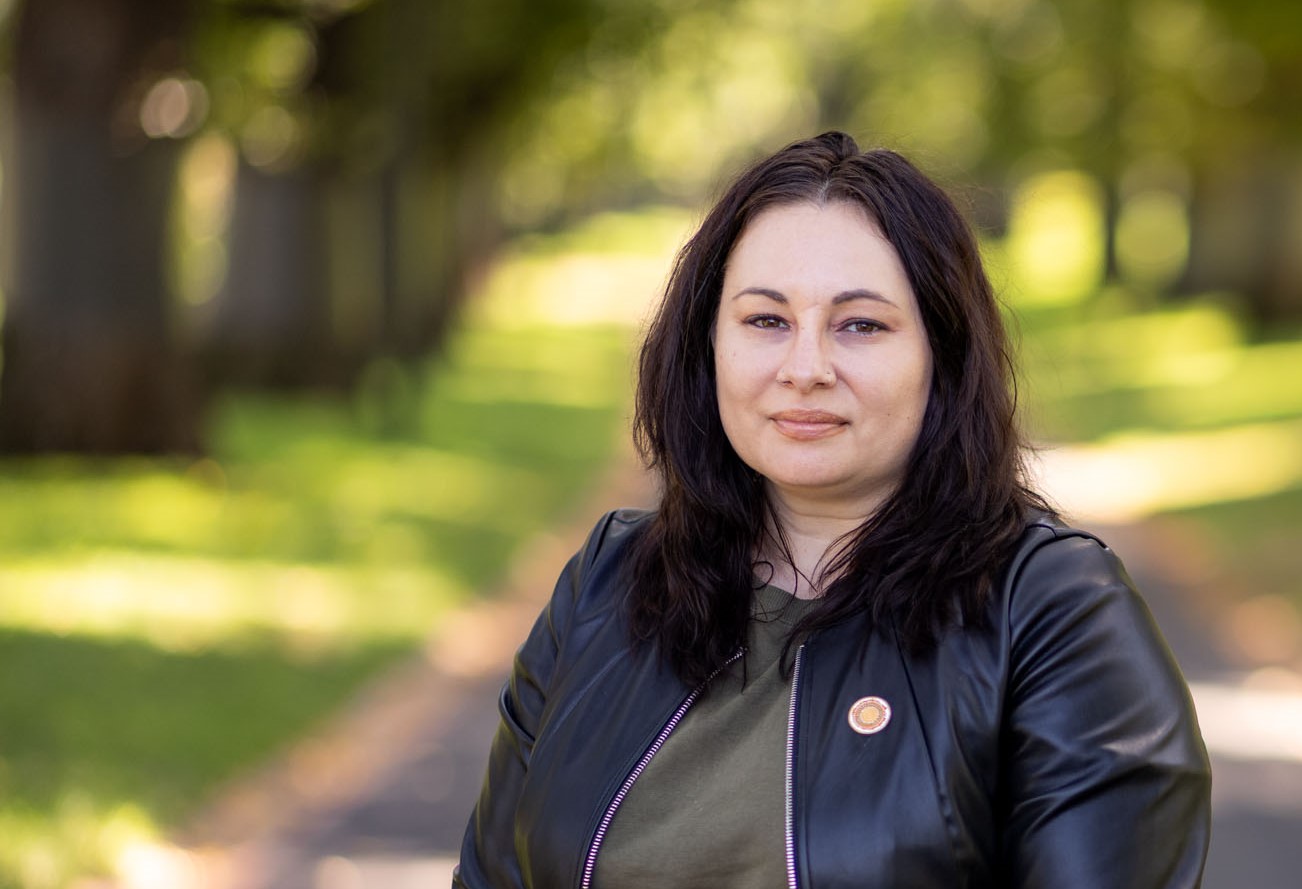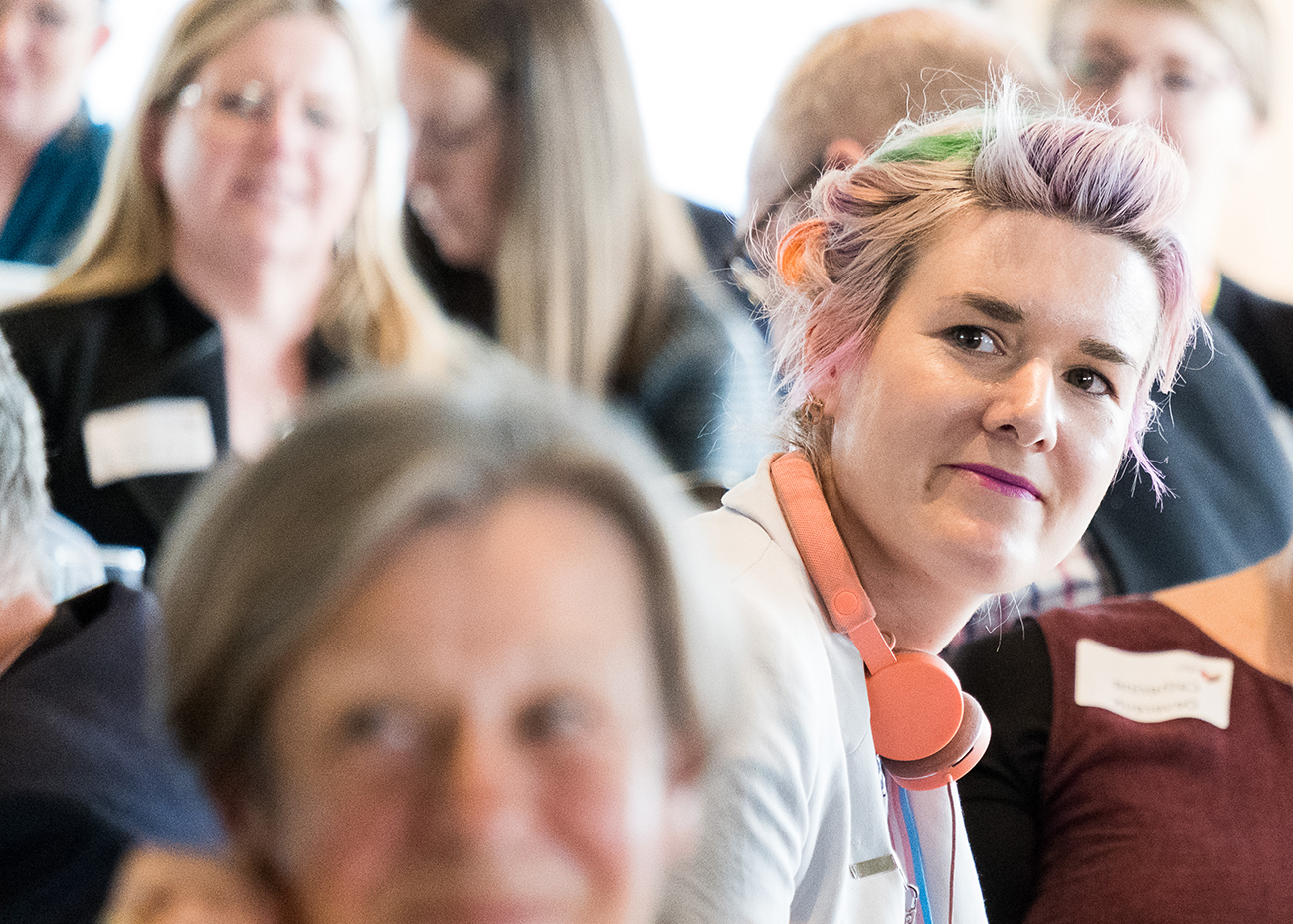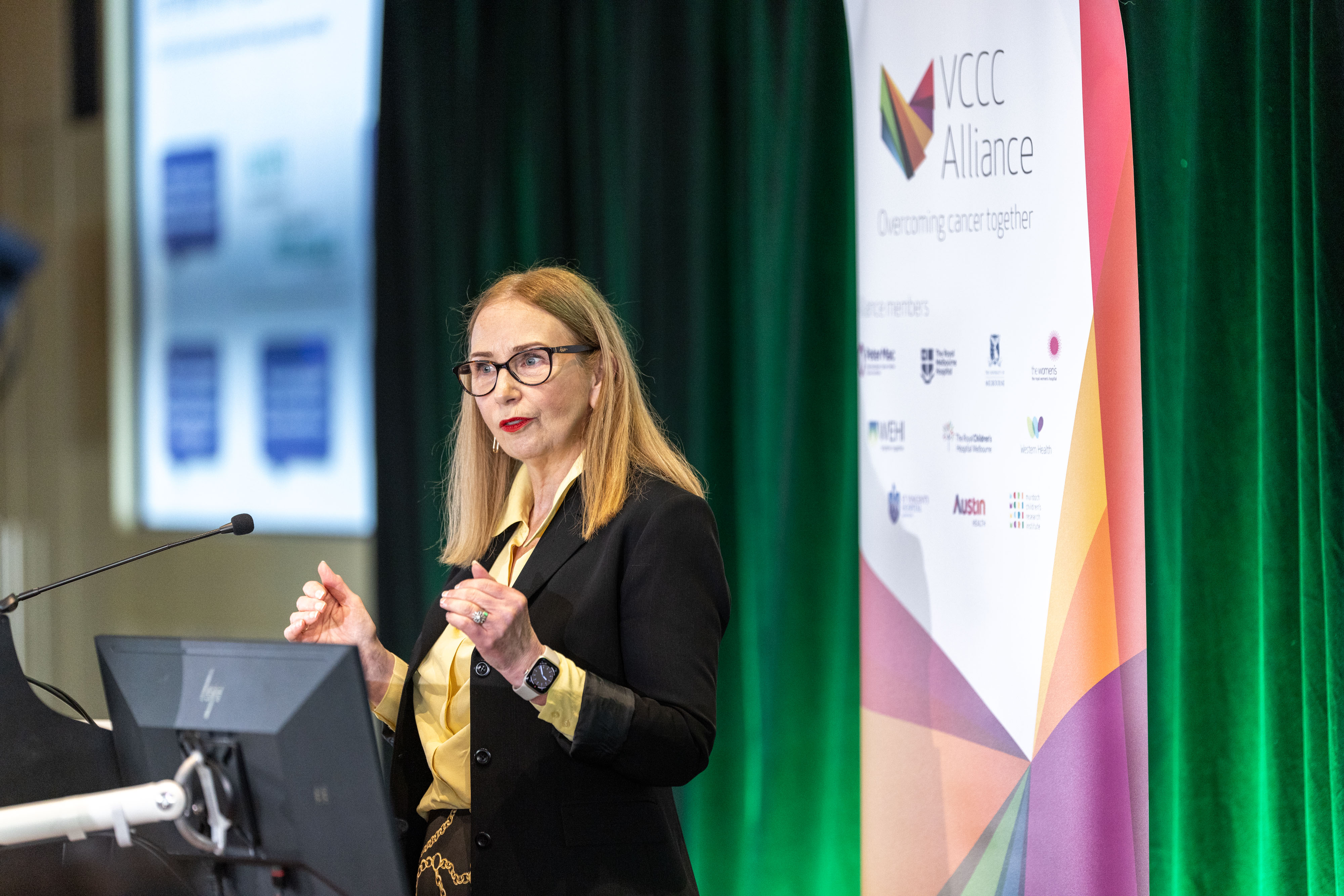






Shared Language forms a critical part of effective collaboration. Clear definitions are incredibly important when communicating at a systems level, particularly when that communication centres on addressing the health inequities experienced by underserved populations.
Refers to the many Aboriginal groups and Torres Strait Islander groups within Australia. This can also be applied when referring to other topics such as Aboriginal and/or Torres Strait Islander cultures. By doing so, you are referencing two cultures rather than a joint ‘culture’.
Video: Talking terminology for Aboriginal and Torres Strait Islander people
People can obtain health care at the right place and right time, taking account of different population needs and the affordability of care.
Video: New RFDS research on equitable health access to primary healthcare in Australia
The term ‘bias’ is typically used to refer to both implicit stereotypes and prejudices and raises serious concerns in healthcare. Psychologists often define bias broadly; such as ‘the negative evaluation of one group and its members relative to another’ [2]. Another way to define bias is to stipulate that an implicit association represents a bias only when likely to have a negative impact on an already disadvantaged group; e.g. if someone associates young girls with dolls, this would count as a bias. It is not itself a negative evaluation, but it supports an image of femininity that may prevent girls from excelling in areas traditionally considered ‘masculine’ such as mathematics [3].
Video: What Is Bias, and What Can Medical Professionals Do to Address It?
A framework that provides guidance and resources to drive changes in training, perceptions, knowledge and practice necessary to optimise cancer experience and outcomes for those who experience disadvantage and discrimination. This includes within systems of screening & prevention, early detection, investigation & referral, diagnosis, treatment & care, managing recurrent disease, organisational support, social and end-of-life care.
Co-design is a methodology for actively engaging with a broad range of people directly involved in an issue, place or process in its design and implementation.
Principles of co-design include:
Cultural awareness allows us to see that we are all shaped by our own cultural background which influences how we interpret the world around us, perceive ourselves and how we relate to other people.
Cultural awareness is generally accepted as a necessary first step and a foundation for further development, but not sufficient for sustained behaviour change.
A basic understanding of Aboriginal and Torres Strait Islander histories, peoples and cultures. There is no common accepted practice to reflect cultural awareness, and the actions taken depend on the individual and their knowledge of Aboriginal and Torres Strait Islander culture.
A set of behaviours, attitudes and policies that enable a system, service or individual to deliver quality care to clients with diverse values, beliefs and behaviours, including tailoring delivery to meet patients’ social, cultural and linguistic needs. It requires institutionalising of cultural knowledge and adapting service delivery to reflect understanding of the diversity between and within cultures.
Cultural diversity means having a mix of people from different cultural backgrounds - it can include (but is not limited to) differences in cultural/ethnic identity (how we identify ourselves and how others identify others), language, country of birth, religion, heritage/ancestory, national origin and/or race. Cultural diversity can also refer to diversity within socio-economic, geographic, or gender groups.
Video: Cultural Diversity Week
The non-Indigenous cultural and linguistic groups represented in the Australian population who identify as having cultural or linguistic connections with their place of birth, ancestry or ethnic origin, religion, preferred language or language spoken at home.
The recognition, protection and continued advancement of the inherent rights, cultures, and traditions of Aboriginal and Torres Strait Islander people.
Cultural safety is determined by Aboriginal and Torres Strait Islander individuals, families, and communities.
Culturally safe practice is the ongoing critical reflection of health practitioner knowledge, skills, attitudes, practising behaviours and power differentials in delivering safe, accessible, and responsive healthcare free of racism.
The goal of cultural safety is for all people to feel respected and safe when they interact with the healthcare system. People are supported to draw strengths from their identity, culture and community.
Video: Aboriginal cultural safety video
Factors used to define the characteristics of a person or a population. The characteristics of a person typically include age, sex, level of education, amount of income, marital status, occupation, religion, etc. The characteristics of a population include average income, birth rate, death rate, the average size of a family, the average age at marriage, etc.
Discrimination happens when a person, or a group of people, is treated less favourably than another person or group because of their background or certain personal characteristics. This is known as ‘direct discrimination’.
It is also discrimination when an unreasonable rule or policy applies to everyone but has the effect of disadvantaging some people because of a personal characteristic they share. This is known as ‘indirect discrimination’.
Video: The Invisible Discriminator
A category of people who identify with each other, usually on the basis of presumed similarities such as common language, ancestry, history, society, culture, practices, beliefs, or nation.
Each individual or group of people are given the same resources or opportunities, with the expectation that the outcome will be the same.
Equity is the absence of unfair, avoidable or remediable differences among groups of people, whether those groups are defined socially, economically, demographically, or geographically or by other dimensions of inequality (e.g. sex, gender, ethnicity, disability, socio-economic status or sexual orientation).
Health inequities systematically put populations who are already socially disadvantaged (for example, by virtue of being poor, female, or members of a disenfranchised racial, ethnic, or religious group) at further disadvantage with respect to their health.
Video: Equity and Equality
The roles, behaviours, activities, attributes, and culture typically associated with one’s sexual identification. Gender interacts with, but is different from, the categories of biological sex.
Genderbread Person v4.0 | The Genderbread Person
Video: What is gender?
The absence of avoidable, unfair, or remediable differences among groups of people, whether those groups are defined socially, economically, demographically, or geographically or by other means of stratification. "Health equity” or “equity in health” implies that ideally everyone should have a fair opportunity to attain their full health potential and that no one should be disadvantaged from achieving this potential.
Video: Dr Leena Gupta on addressing inequity in guideline development.
Health literacy relates to how people access, understand and use health information in ways that benefit their health. People with low health literacy are at higher risk of worse health outcomes and poorer health behaviours.
Video: What is Health Literacy?
The interconnected nature of categorizations such as but not limited to race, class, and gender as they apply to a given individual or group, regarded as creating overlapping and interdependent systems of discrimination or disadvantage.
Video: What is intersectionality?
An individual’s perception of the consequences of taking an interpersonal risk or a belief that a team is safe for risk taking in the face of being seen as ignorant, incompetent, negative, or disruptive.
In a team with high psychological safety, teammates feel safe to take risks around their team members.
Video: Building a psychologically safe workplace | Amy Edmondson | TEDxHGSE
A tool or technology that continually reproduces to maintain the racial hierarchy, closely intersecting with other structures of power (i.e., capitalism, gender sexuality, class and ability) to justify oppressive and discriminatory practices that maintain white supremacy.
A political system of classification that governs people by sorting them into social groupings based on invented biological demarcations.
Video: What is race? What is ethnicity? Is there a difference?
The process by which systems and policies, actions and attitudes create inequitable opportunities and outcomes for people based on race.
Racism is more than just prejudice in thought or action. It occurs when this prejudice – whether individual or institutional – is accompanied by the power to discriminate against, oppress or limit the rights of others.
There is interpersonal racism, which is individuals’ beliefs, attitudes and actions that discriminate, exclude or disadvantage people from racially marginalised groups.
There is also systemic racism, which is organisations’ policies, procedures and practices that directly or indirectly discriminate, exclude or disadvantage people from racially marginalised groups.
Video: Racism. It Stops With Me – Ask yourself the hard questions
Reciprocity describes the respectful nature of good research relationships and exchanges essential in participatory and other types of research.
Reciprocity for Aboriginal and Torres Strait Islander Peoples is defined as shared responsibilities and obligations to family and the land based on kinship networks, and also includes sharing of benefits.
Reciprocity should enable agreements where all groups or people have equal rights and power in relationships. Reciprocity recognises all partners’ contributions and ensures the benefits from research outcomes are equitable and of value for Aboriginal and Torres Strait Islander people and communities.
The economic and social conditions that influence individual and group differences in health status, including one's living and working conditions (e.g., income, wealth, influence, and power), rather than individual risk factors (e.g., genetics, behaviours) that influence the risk for or vulnerability to a disease or injury.
Video: Social Determinants of Health - an introduction
